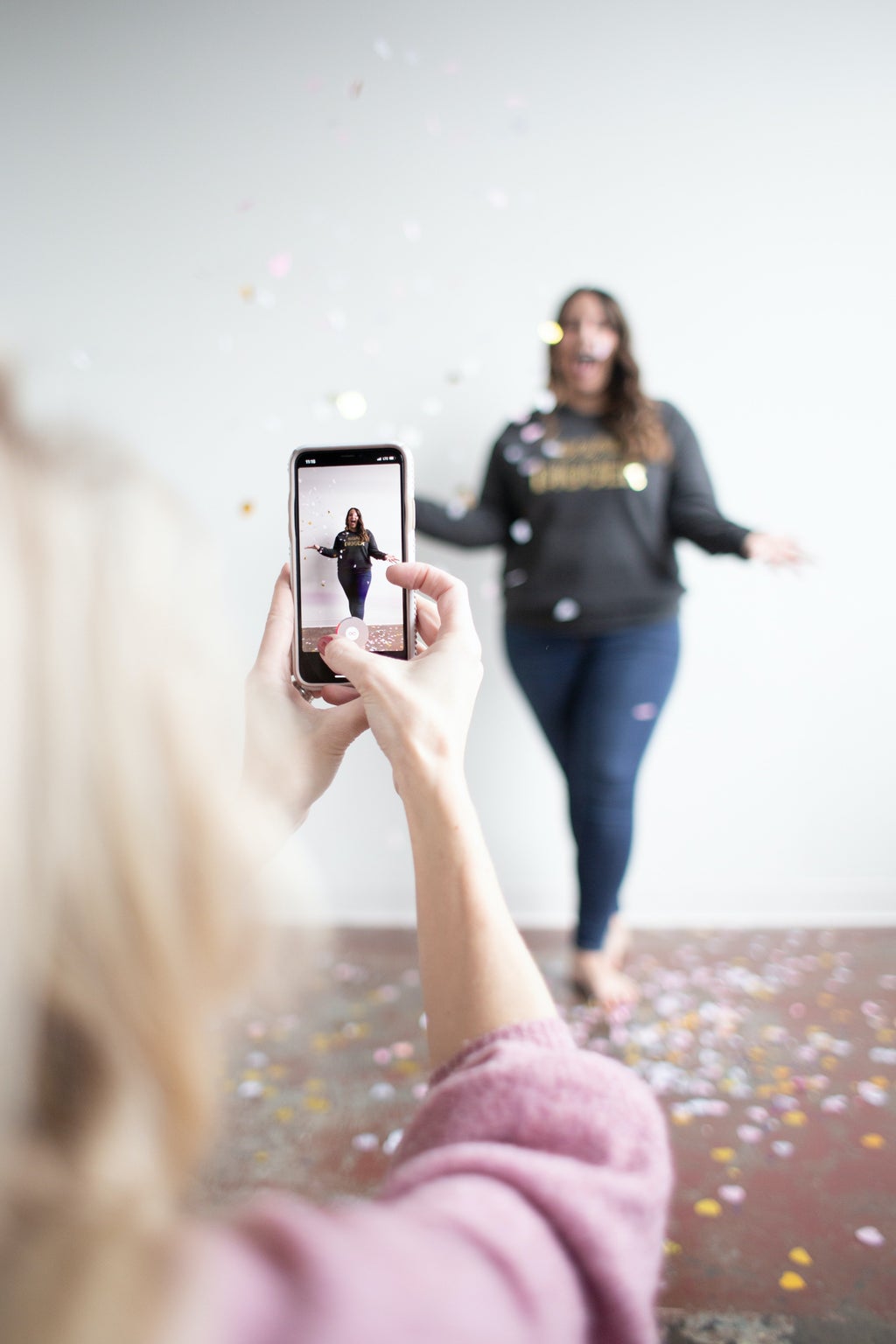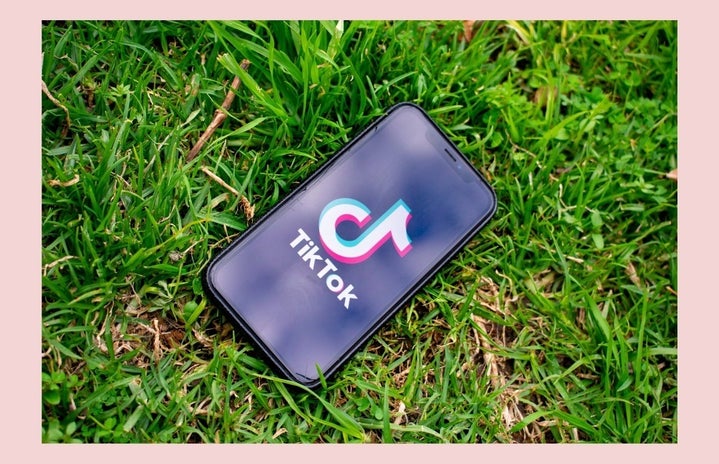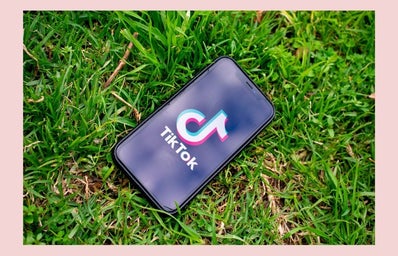By the end of 2019, the social media app TikTok, previously known as Musical.ly, and its most famous influencers, have quickly garnered popularity among teenagers. Fast forward to fall 2020, since COVID-19 has caused summer plans for many high-school and college students to be limited or completely cancelled, it is not uncommon for Gen-Z users to spend hours on the app daily. What makes TikTok so special? How does it differ from other popular platforms such as Instagram or Youtube?
There is one clear answer: content delivery. Due to its unique algorithm, TikTok provides users with endless content that becomes more personalized as it is used more frequently. A user’s “For You” page is consistently filled with content that has been chosen specifically for them, even if they do not follow the creator. This type of quick and individualized content delivery is unmatched by any other platformand allows creators to go “viral” without a strong following, another big draw for young influencers.
Look at Charli D’Amelio, whose dancing videos gained her millions of followers over the span of a few months. The videos are always a maximum of one minute long and are categorized by sound, which means users can easily find more similar content by simply clicking on the sound icon on the bottom right corner. This means that each original video can be recreated thousands of times over. If you are a frequent TikTok user, then you know all of this already. But why does it matter? Here’s why.
Generation Z, or those between the ages of 5-25, have been exposed to rapidly evolving technology and internet capabilities their entire lives, meaning they are incredibly impatient and hungry for new content. TikTok has been able to deliver such content to an ever-growing demand, and it’s replacing classic social media platforms that just cannot cater to this generation the way they used to. YouTube videos are too long for a short attention-span, Facebook is primarly for the older generations, and Instagram paints a false, idealized picture that many are sick of subscribing to as reality. Many of these sites are now commonly used to repost TikToks.. TikTok provides videos that are relatable, personalized, and often created by relatable teens rather than “influencers.” This is not only going to change what Gen-Z prefers in terms of social media, but also how advertisers must adapt in order to reach younger markets.
Instagram models, who commonly sell beauty, fitness, or weight-loss products to their followers, no longer appeal to teenagers, which means social media marketing is going to look very different very soon. TikTok has its own new group of stars, who often become popular due to short dancing, lip-synching, or comedy videos. These creators have already seen a few brand deals, especially from fast-fashion companies like SHEIN, but it is still relatively free of sponsored content. One of the most attractive features of TikTok is how it is nearly impossible to predict which video will be next to go viral, however, this may not fare well for advertisers attempting to utilize the newly-popular platform.
It’s undeniable the impact TikTok has already had, despite its short life., Consider what happened at President Trump’s campaign rally. Thousands of teens registered for tickets they never planned on using in order to drastically inflate the numbers and expectations beforehand. How did they all get the idea? TikTok.


